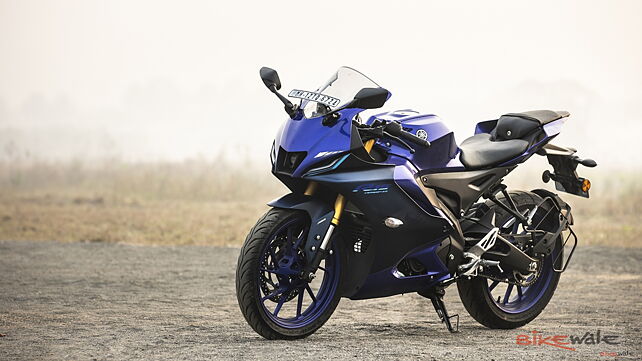
The new Yamaha YZF-R15 V4.0 is here to rival the likes of KTM RC200 and the RC125 in the Indian market. The motorcycle received major styling and feature revisions during the most recent update, making version 4.0 one of the most desirable products in its segment. We recently tested the motorcycle for a detailed road test review and you can read all about it here. In this article, we bring you the best images from our road test review.

For starters, the new YZF-R15 V4.0 draws styling cues from its bigger sibling, the RZF-R7. Thus, the motorcycle features a single-pod projector headlight with an M-duct design and twin LED DRLs at the front, a sharp fairing, a muscular fuel tank, and split-style seats.

Apart from styling upgrades, Yamaha has addressed the quality issues from V3.0, and the new YZF-R15 V4.0 has improved considerably. The panels fit flush while the wiring is neatly tucked away. The plastic and the switchgear quality, too, looks and feels premium.

The motorcycle features revised ergonomics that have been achieved through a wider and lower-set handlebar and higher placed footpegs. This makes the rider’s triangle even more committed than before.

There aren’t any major changes to the BS6-compliant 155cc, single-cylinder, liquid-cooled motor. Linked to a six-speed gearbox, the engine on the YZF-R15 V4.0 makes 18.1bhp and 14.2Nm, which is a negligible decline as compared to the V3.0. Select variants get a quickshifter as standard while the same is available as an accessory for others.

The V4.0 also retains the tried and tested Delabox frame, although it now gets an updated suspension setup. This model uses upside-down front forks instead of conventional telescopic units on its predecessor. The rear continues to use a preload-adjustable mono-shock.

The braking duties are handled by a 282mm single disc at the front and a 220mm single rotor at the back. The safety package has received a major overhaul, and the YZF-R15 V4.0 comes standard with a traction control system. The dual-channel ABS has been retained from its predecessor.

The cockpit retains a fully-digital instrument cluster, but version 4.0 benefits from Bluetooth connectivity. The display provides information about calls, SMS, and email alerts as well as phone battery levels.


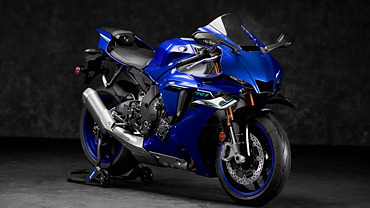
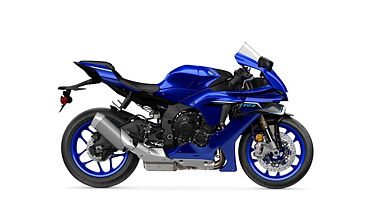
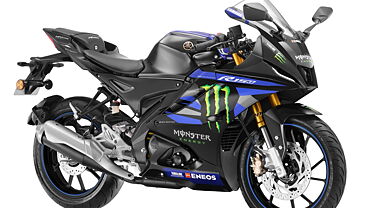
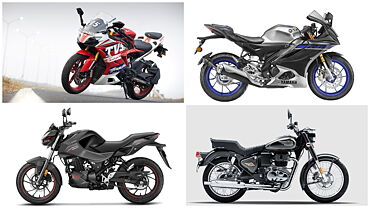

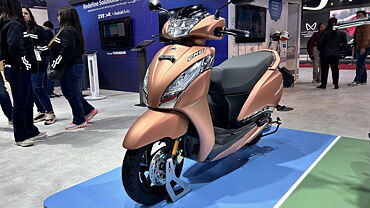
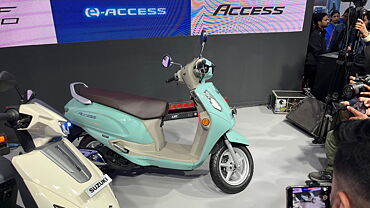

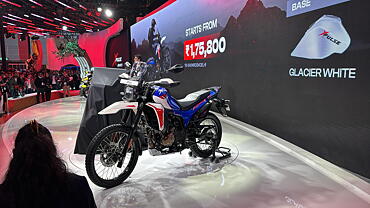
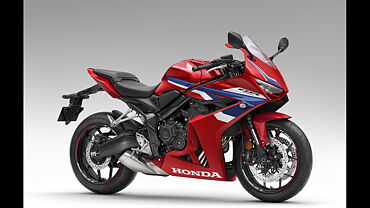


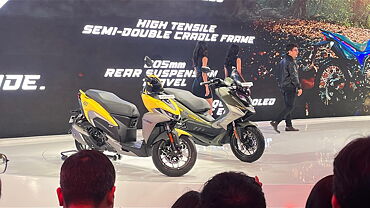
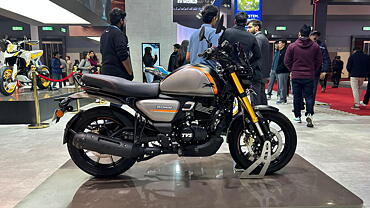
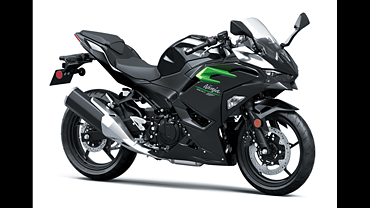


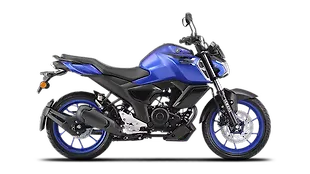




![KTM 390 Adventure X [2025] KTM 390 Adventure X [2025]](https://imgd.aeplcdn.com/272x153/n/cw/ec/190885/390-adventure-x-2025-right-side-view.jpeg?isig=0&q=80)